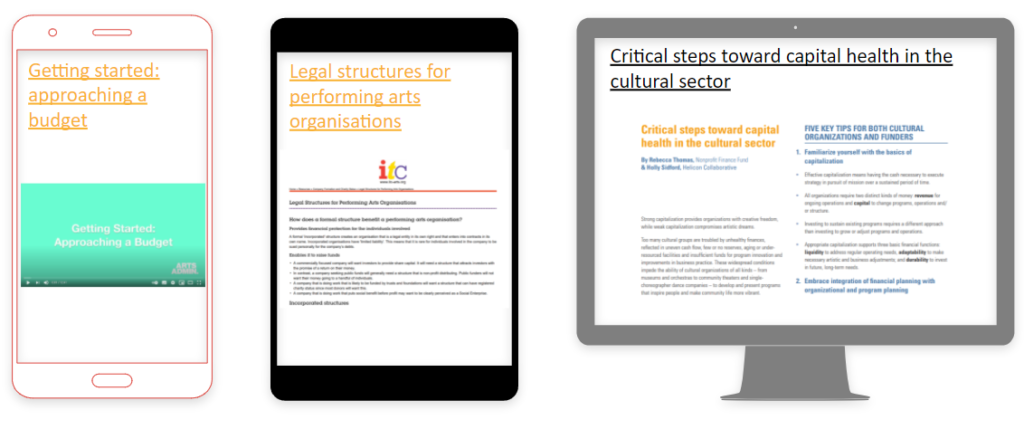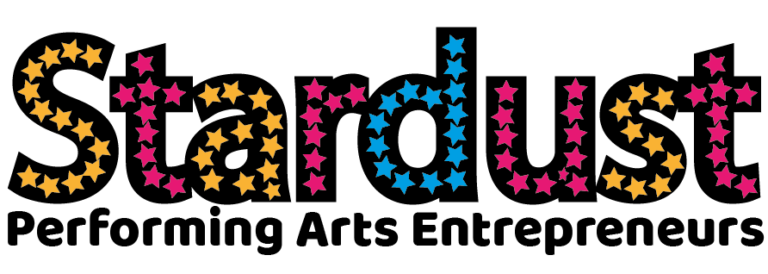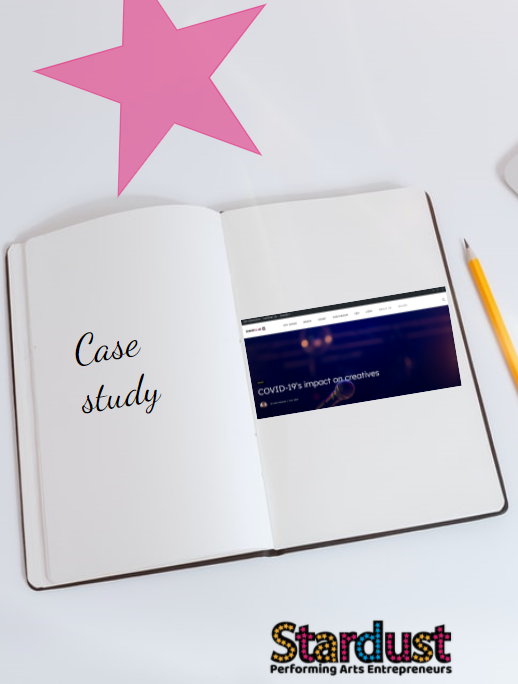
Module 4
"Financial and Economic Fundamentals"
"Financial and Economic Fundamentals"
Aim
The purpose of this module is to provide performing artists with approaches to find funding options and elaborate and manage a financially sustainable budget for their value-creating activities.
By the end of this module, you should be able to...
Knowledge
- explain relevant economic and financial concepts in the development of a value-creating activity.
- identify public and private sources of funding for a value-creating activity.
Skills
- calculate a budget for a value-creating activity considering the cash-flow needs and tax obligations.
- differentiate the forms that a value-creating activity can take and the structures of ownership they can have.
Attitudes
- assess the financial health of a value-creating activity using financial indicators.
Key-concepts
Finances
Finances is a term that describes activities related to banking, debt, credit, capital markets, money, and investments. It represents money management and the process of acquiring needed funds.
The finance field includes three main subcategories: personal, corporate, and public finance.
Funding
Funding is money which a government or organisation allocates for many different specific purposes such as events and projects.
It can be public or private and provided to individuals, businesses or government entities as all of them (can) need funding to operate.
Budget
A budget is an estimation of revenue and expenses – cash flow – over a specified future period of time. It is usually compiled and re-evaluated on a periodic basis.
Budgets can be made for a person, a group of people, a business, a government, or anything else that makes and spends money. They are usually presented in the format of a table.
Structures of ownership
Businesses can be owned by one person, a small group of people, a large number of shareholders, charitable foundations or trusts or by the state.
A business ownership structure and its legal forms determine many of its legal responsibilities regarding, e. g., paperwork, taxes, and how profits are distributed. They vary from country to country.
Which private sources of funding are available for a performing art activity?
Private sources of funding
Earned income
It can be either from sold tickets or from bought items, like snacks and drinks in the cafe, postcards from the gift shop, DVDs of a show, etc. The profits, or losses, are usually split between artists, the venue, and the producer of the show or of the item.
Sponsorship and donations
Some art organisations rely on contributions from commercial companies – sponsorship – or private trusts that donate to selected beneficiaries. Many also have membership schemes or individual donors. Donations are often topped up through tax concessions.
Collaboration
The potential for collaboration as an artist is huge. Being a small company or an individual performer you can team up with bigger institutions, benefiting from a greater support and extended reach. Co-productions involve finding ways to share and create artistically and also sharing resources and information – e.g., having other people’s shows recommended on your website/social media platforms.
Crowdfunding
Crowdfunding is an effective way to pitch a project directly to the people and allow them to fund a production in return for a reward. There are many national and international platforms available, some of them more arts-oriented, such as Indiegogo and Kickstarter.
Which public sources of funding are available for a performing art activity?
Public sources of funding
National funding
We pay our taxes, and we elect politicians to decide how to spend or invest that money (as well as the money they collect in other ways). Currently they decide to invest a small percentage of that money in the arts: the artists, the performers, the venues and the infrastructure that make it all possible. That money is split up and spent in different ways at central and local levels.
Local funding
Historically many local authorities have run their own festivals, theatres, concert halls, as well as other arts and culture programmes and activities in the communities. Most areas of funding are not ‘statutory’ so, if facing an own funding crisis, many local authorities can drastically cut funding for local arts provision.
International/European funding
- Creative Europe – Programme to support the culture and audiovisual sectors https://ec.europa.eu/culture/creative-europe
- Erasmus+ – Programme to support education, training, youth and sport https://ec.europa.eu/programmes/erasmus-plus/
- Horizon 2020 – Programme for research and innovation https://ec.europa.eu/programmes/horizon2020/
- COSME – Programme for small and medium-sized enterprises https://ec.europa.eu/growth/smes/cosme
- European Regional Development Fund https://www.interregeurope.eu/
- EEA and Norway grants (for cooperation with 15 European countries) https://eeagrants.org/
- East European Performing Arts Platform http://eepap.culture.pl/
- European Cultural Foundation https://culture360.asef.org/opportunities/open_calls/
- Supporting arts in Visegrad countries: Czech Republic, Hungary, Poland and Slovakia https://www.visegradfund.org/apply/grants/
- Supporting arts and culture projects for Swiss cooperation with European partners https://prohelvetia.ch/en/
- Supporting cultural and artistic projects for Nordic countries cooperation with worldwide partners https://www.nordiskkulturkontakt.org/en/grants/about-the-grant-programmes/
Get to know more European and worldwide funding programmes in the Fund-Finder 2019, by the International Network for Contemporary Performing Arts. https://www.ietm.org/sites/default/files/attachements/publications/ietm_fund-finder_2017.pdf
Sources of income for a musician
COVID-19 lockdown measures impacted many industries, the performing arts included due to venues being closed. Sam Hassan, a musician from London, tells the ways how he – as a freelance artist – has been trying to increase his sources of income.
|
|
|
|
|
|
|
|
|
|
Increasing your budget
In the case study shown on slide 15 some ways of increasing a musician budget during the COVID-19 were presented.
- Where you economically affected by this pandemic as an artist?
- If yes, which alternatives did you find to increase your budget?
- If no, which alternatives are you aware of that other artists working in the same area as you find to increase their budgets?
- Research on the internet other examples on learned lessons on how performing artists can rise their income besides selling tickets for their shows. Present your findings to your colleagues.
Budgeting
A budget is used to balance the cost of a project, outlining the total amount of money needed to spend and the money the end product is expected to generate.
Expenditures
- People – yourself/others (including VAT)
- Professional and technical fees – licenses, etc.
- Materials and equipment
- Rental – venues, lighting, sound, etc.
- Marketing – photography, video, leaflet printing/distribution, social media ads, merchandising, etc.
- Travel/transportation/installation
- Insurance
- Contingency – 10% of the total cost of the project
Incomes
- Funding – public, crowdfunding, etc.
- Tickets
- Refreshments/snacks
- Merchandising
- Donations – from individuals, organisations, companies, etc.
- Advertising – from selling space in your leaflets/posts
- Any support received in kind
Forms and structures of ownership
It is possible to distinguish between organisations that are owned and run by private owners, by the state or by voluntary organisations. The most common in the performing arts are the following.
Sole trader
A person who runs a business as an individual, entitled to keep all profits after paying taxes on them but liable for all losses.
Limited company with share capital
A commercial organisation with a limited liability structure and the ability to raise funds from shareholders.
Partnership
A business in which two or more individuals agree to share the profits or losses of the business.
Company limited by guarantee
An organisation with a structure that does not require shareholders, meaning that it can be non-profit distributing and have charitable aims.
Further Reading
Innovative ways to tackle challenges in performing arts

Preparing your project budget
Action Plan
Define your project
Write down a project you would like to implement in your performing area.
Mention all human and non-human resources you would need to carry it out.
Estimate expenditures and incomes
Design a table with two columns: one for the expenditures with the project and another for the expected incomes.
Specify each item in a different row. Be realistic! At the end, add up all the items in each column.
Assess your financial performance
Is your budget balanced between expenditures and incomes? If yes, great work! If not, which changes do you need to do in it so it becomes balanced?
Double check if there are not items overestimated or underestimated.


